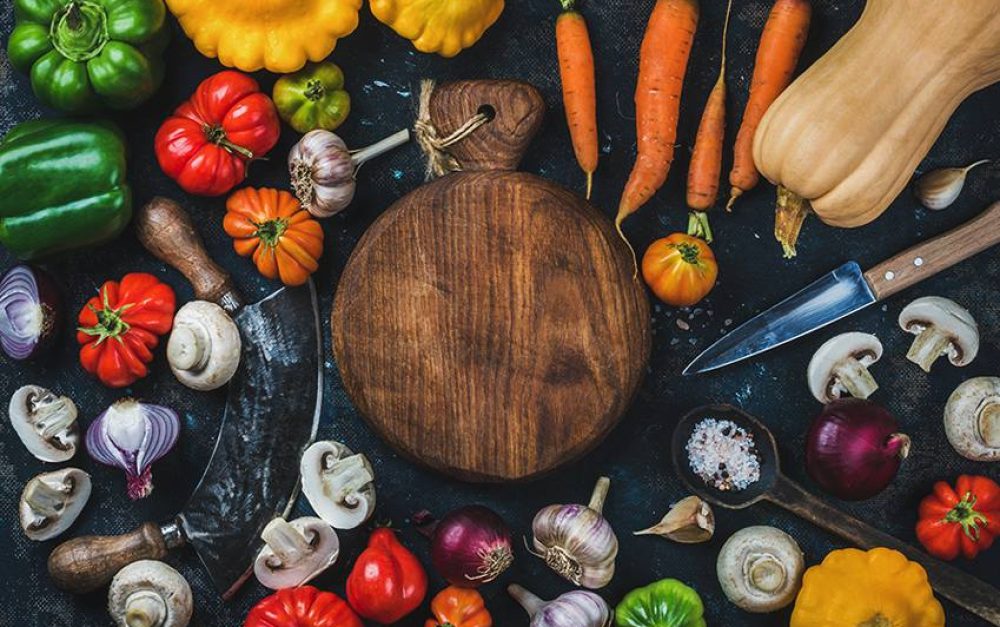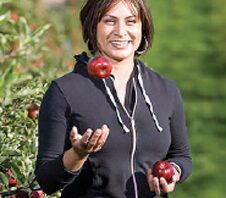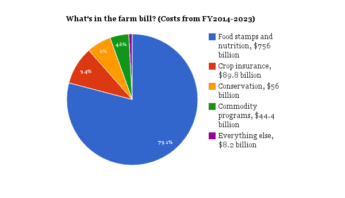With the holiday season upon us, food is top of mind for many. In addition to an opportunity to celebrate with our nearest and dearest, this is also a perfect time to reflect on how our food is grown — and how we support the people doing that work.
With the holiday season upon us, food is top of mind for many. In addition to an opportunity to celebrate with our nearest and dearest, this is also a perfect time to reflect on how our food is grown — and how we support the people doing that work.
Got food? Thank workers.
This year, as Thanksgiving comes on the heels of International Food Workers Week, it’s also a good time to explore how those who are growing, tending, harvesting, preparing and serving our food are treated on the job.
Farmworkers, for one, are on the frontlines of chemical-dependent agriculture, facing more risk of pesticide exposure than any other sector of society. As we work for policies that strengthen on-the-job protections and reduce our food system’s reliance on harmful pesticides, we can also be mindful to purchase food that supports a healthy, just workplace for agricultural workers.
One initiative that supports improved working conditions for farmworkers is the Equitable Food Initiative (EFI). Produce coming from farms that comply with EFI standards have the “Responsibly Grown, Farmworker Assured” label, which ensures that the food was grown under rigorous standards that support safe and healthy conditions for farmworkers. This label is starting to show up on produce in stores like Costco. Keep an eye out as the market grows!
What’s on your food?
Agricultural pesticide reliance also leads to harmful residues on conventionally produced fruits, nuts and vegetables. The typical Thanksgiving spread features a bounty of delicious fall produce like cranberries (residue from 13 pesticides found), green beans (44 residues) and winter squash (64 residues). Less appetizing, however, are traces of chemicals found on these foods, from carcinogens to hormone disruptors and neurotoxins.
One chemical of particular concern is chlorpyrifos, a neurotoxic insecticide that has been clearly linked to brain harm in children. According to the American Academy of Pediatrics, even small exposures can be damaging to kids’ health. Federal testing has found chlorpyrifos residue on many commonly enjoyed fruits and vegetables, including seasonal favorites like cranberries, apples and sweet potatoes.
Curious about possible pesticide residue in your holiday feast? Use PAN’s What’s On My Food tool to look up your ingredients.
The road towards healthy, just food
No one wants to be exposed to harmful pesticides, in the field or on our plates. But to shift industrial agriculture’s reliance on these chemicals, and ensure that food is grown in equitable, sustainable ways, we need to change the status quo. That’s why PAN and partners are working towards a systems-based solution for building a fair, healthy food and farming system for all — and we have an opportunity to make some necessary shifts in the next (Food and) Farm Bill.
This multi-billion dollar set of policies, passed every five years or so, dictates our approach to nutrition and farming across the U.S. This time around, PAN, the National Sustainable Agriculture Coalition and many others are pushing for a Food and Farm Bill that supports equity, thriving rural communities, healthy food and clean air, water and soil.
Join us! Call on Congress to pass a Food and Farm Bill that includes strong support for family farmers and ecological farming practices. Together, we have a chance to help shape the future of agriculture in the U.S.







